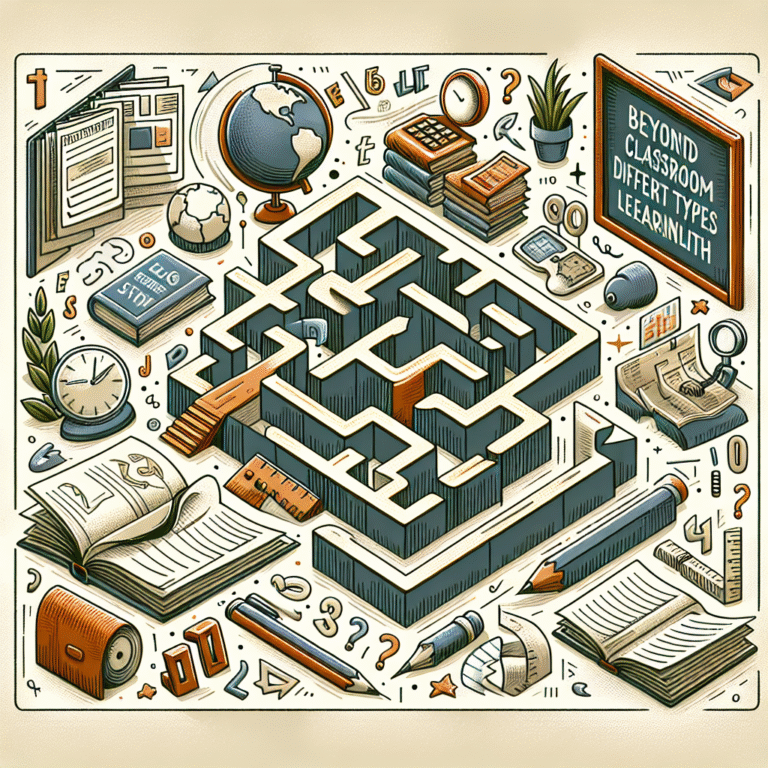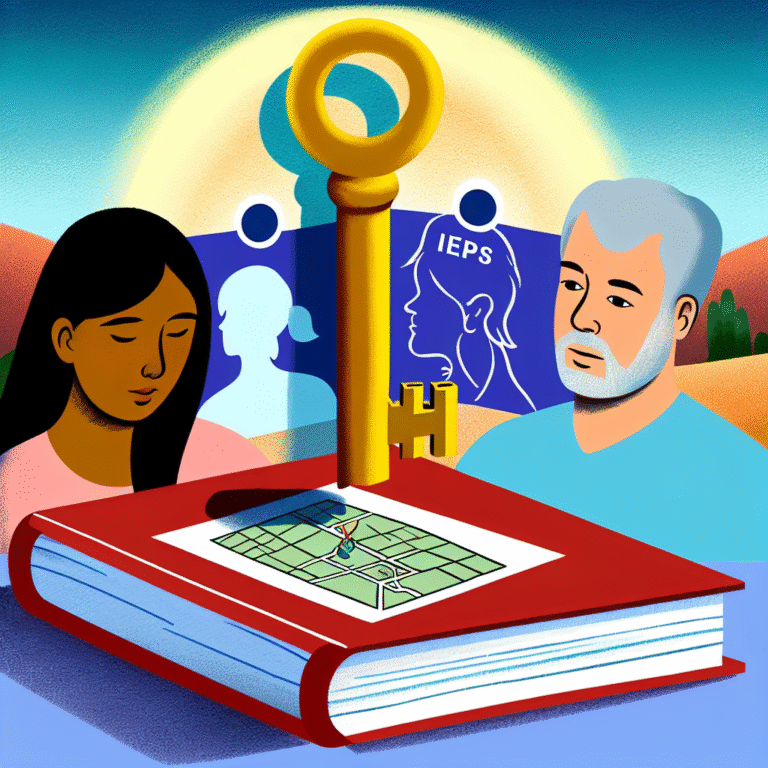
Mindfulness Meets Focus: Essential Mental Techniques for Improved Concentration
Introduction
In today’s hyperconnected world, distractions lurk in every corner — from constant notifications to crowded environments, the battle for our focus has never been fiercer. As attention spans dwindle, the quest for effective mental techniques grows urgent. Enter Mindfulness Meets Focus: Mental Techniques for Improved Concentration. By intertwining mindfulness practices with enhanced focus strategies, we can reclaim our attention and foster a more productive and fulfilling life.
Imagine this: you’re at your desk, surrounded by unfinished tasks, but your mind is wandering to your next meal or an upcoming event. This is where the intersection of mindfulness and focus becomes essential. It’s not just about being busy; it’s about being purposefully engaged. In this article, we’ll unpack these strategies, supported by case studies and actionable insights, all designed to help you harness the power of your attention.
What is Mindfulness, and How Does it Relate to Focus?
Understanding Mindfulness
Mindfulness is the practice of being fully present and engaged in the moment, without judgment. It encourages a non-reactive awareness that allows you to take a step back and observe your thoughts and feelings. Studies have shown that mindfulness can lead to reduced stress, improved emotional regulation, and enhanced cognitive flexibility.
The Connection to Focus
At its core, focus is the ability to concentrate on a specific task while filtering out distractions. When we practice mindfulness, we train our brains to concentrate better. As Mindfulness Meets Focus: Mental Techniques for Improved Concentration suggests, employing mindfulness techniques can significantly enhance our ability to focus.
Table 1: Benefits of Mindfulness on Focus
| Benefit | Description |
|---|---|
| Reduced Stress | Lowers cortisol levels, which can impair cognitive function. |
| Enhanced Cognitive Flexibility | Improves the ability to adapt to changing situations. |
| Improved Emotional Regulation | Promotes a balanced emotional state, enhancing concentration. |
| Boosted Memory | Encourages better retention and recall of information. |
The Power of Mindfulness Techniques for Concentration
Mindful Breathing: A Cornerstone Practice
Mindful breathing is often the first step into the world of mindfulness. This technique focuses on the breath, anchoring you in the present moment.
How to Practice Mindful Breathing
- Find a Comfortable Position: Sit or lie down in a quiet space.
- Close Your Eyes: This minimizes visual distractions.
- Inhale Deeply Through Your Nose: Count to four, feeling your abdomen rise.
- Exhale Slowly Through Your Mouth: Count to six, releasing all tension.
Case Study: Employee Performance Boost through Mindful Breathing
A study at a tech firm showed a 25% increase in employee productivity after 15-minute daily mindful breathing sessions. Employees reported feeling more centered and less overwhelmed, showcasing how mindful breathing directly correlates with improved focus and output.
Visualization Techniques: Making the Abstract Real
Visualization is a technique that leverages mental imagery to enhance focus. Instead of merely thinking about goals or tasks, visualize them in great detail.
How to Visualize Effectively
- Set Clear Intentions: Determine what you want to focus on.
- Create a Vivid Image: Imagine every detail, engaging all your senses.
- Maintain a Positive Outlook: Visualize successful outcomes to foster motivation.
Case Study: Athletes Using Visualization for Focus
Numerous professional athletes utilize visualization techniques to sharpen their focus before competitions. By mentally rehearsing their performances, they minimize anxiety and enhance concentration levels. This principle can apply to anyone, from students to professionals aiming to tackle high-stakes tasks.
The Pomodoro Technique: Structure Meets Mindfulness
Combining mindfulness with productivity methods can also yield remarkable results. The Pomodoro Technique — focused work intervals combined with frequent breaks — exemplifies this synergy.
How the Pomodoro Technique Works
- Choose a Task: Pick a specific project or task.
- Set a Timer for 25 Minutes: Focus solely on this task.
- Take a 5-Minute Break: Step back, stretch, or practice mindful breathing.
- Repeat: After four cycles, take a longer break of 15-30 minutes.
Case Study: Productivity Gains through the Pomodoro Technique
In a university study, students who employed the Pomodoro Technique reported a 30% reduction in procrastination and an increase in focus. This method harmonizes well with mindfulness, allowing for rejuvenation and concentration in bursts.
Cultivating an Environment that Enhances Focus
Minimize Distractions
Creating a distraction-free zone is critical for maintaining focus. Consider the following strategies to reduce interruptions:
- Designate a Workspace: Have a specific area for focused work.
- Eliminate Visual Clutter: Keep your workspace organized.
- Use Noise-Canceling Headphones: Block out ambient noise for better concentration.
Implement Scheduled Breaks
Incorporating regular breaks into your daily routine allows your mind to reset. Techniques such as the aforementioned Pomodoro Technique can effectively structure your work and rest periods.
Combining Mindfulness with Technology
Digital Mindfulness Tools
While technology can often be a source of distraction, there are several applications designed to promote mindfulness and improve focus:
- Headspace: Guides users through meditation practices.
- Forest: Encourages users to stay focused by growing virtual trees as they work uninterrupted.
- Calm: Offers resources for guided meditation, sleep stories, and more.
Table 2: Top Mindfulness Apps for Improved Concentration
| App | Features | Purpose |
|---|---|---|
| Headspace | Guided meditations, mindfulness exercises | Mental clarity and stress reduction |
| Forest | Focus and productivity tracking | Reducing distractions |
| Calm | Sleep aids, breathing exercises | Enhancing relaxation |
Measuring the Effects of Mindfulness on Focus
Using Self-Reporting Tools
Employing self-reporting questionnaires can gauge improvements in focus and productivity. Tools like the Mindful Attention Awareness Scale (MAAS) allow individuals to evaluate their mindfulness practices and corresponding concentration levels.
Performance Metrics
For organizations, quantifying productivity changes through performance metrics can highlight the effectiveness of implementing mindfulness programs.
Case Study: Organizational Change through Mindfulness Programs
A manufacturing company adopted a mindfulness program across its workforce, measuring productivity pre- and post-implementation. Results indicated a 20% improvement in efficiency and fewer workplace incidents, underlining the substantial impact of intertwined mindfulness practices and focused work.
Conclusion
As we navigate a world brimming with distractions, the principles of Mindfulness Meets Focus: Mental Techniques for Improved Concentration stand as a beacon of hope. By integrating mindfulness into our daily routines, we can cultivate enhanced focus, reduce stress, and ultimately lead more balanced lives.
Now, it’s your turn. Take a few moments each day to implement these strategies, breathe deeply, visualize your goals, or even download an app. The journey towards improved concentration starts with a single mindful breath.
FAQs
1. What is mindfulness?
Mindfulness is the practice of being fully present and engaged in the moment without judgment, allowing for greater emotional and cognitive clarity.
2. How does mindfulness improve focus?
Mindfulness helps cultivate a non-reactive awareness, enabling better concentration by reducing stress and enhancing cognitive flexibility.
3. Can anyone practice mindfulness techniques?
Absolutely! Mindfulness practices are accessible to everyone and can be tailored to fit individual preferences and lifestyles.
4. How long does it take to see results from mindfulness practices?
Many individuals report experiencing benefits from mindfulness within a few weeks of consistent practice, but results can vary based on personal engagement.
5. Are there any resources for learning mindfulness?
Yes! Numerous apps, books, and online courses are available to help you get started with mindfulness. Recommended apps include Headspace, Calm, and Insight Timer.
In a world of constant noise, embracing Mindfulness Meets Focus: Mental Techniques for Improved Concentration allows us to harness our attention and redirect it toward what truly matters, one mindful moment at a time.













